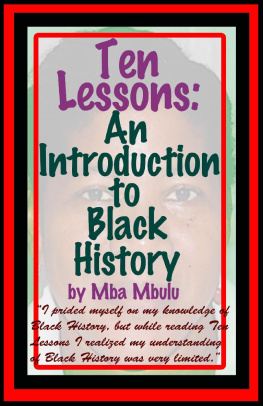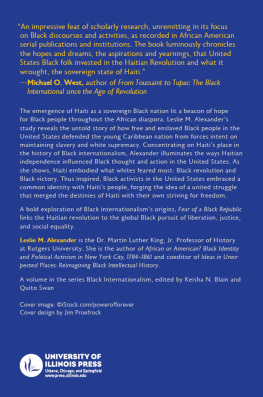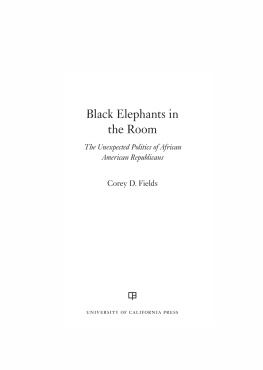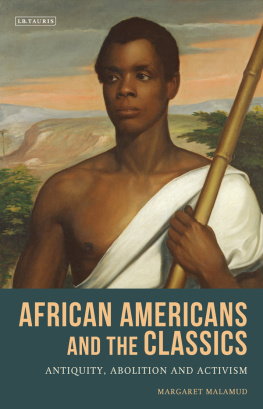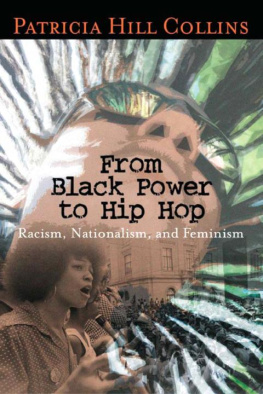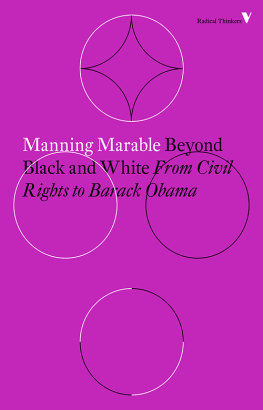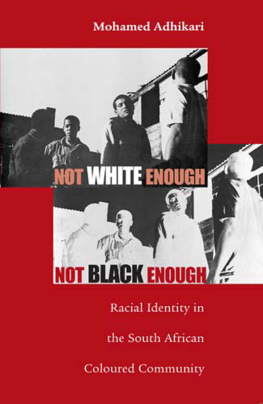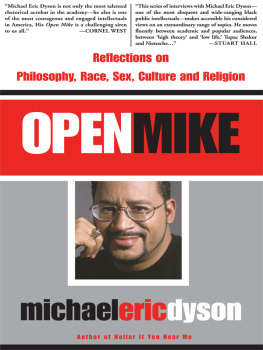
Misrepresenting Black Africa in US
Museums
This book is an examination of race, Black African objects, identity, museums at the turn of the nineteenth century in the United States via the history of the earliest collectors of US Black African objects.
Misrepresenting Black Africa in US Museums explores black identity as a changing, nuanced concept. Focusing on US racial history, the work examines two of the earliest collectors of Black African objects in the United States. It traces a history of race and ideas of primitiveness, followed by a discussion of western concepts of race. There is an examination of Karl Steckelmann, the first collector who was a US citizen, and a critical account of William H. Sheppard, the second collector who was also a black Presbyterian minister from Virginia; a broader discussion of public appearances of Black African images in public follows; and a detailed look at museum formation and practices. The book concludes with a theoretical discussion of identity and race, followed by a look at the impact of historical practices that continue into the twenty-first century.
This book will be of interest to scholars of race and racism, African visual culture, heritage and museum studies.
P. A. Mullins is an Adjunct Faculty Member in the Department of Philosophy and Religion at Radford University, USA.
Routledge African Studies
Global Africans
Race, Ethnicity and Shifting Identities
Edited by Toyin Falola and Cacee Hoyer
The Socio-Cultural, Ethnic and Historic Foundations of Kenyas Electoral Violence
Democracy on Fire
Stephen M. Magu
African Philosophy and the Marginalization of Women
Edited by Jonathan O. Chimakonam and Louise du Toit
African Philosophical Currents
John Murungi
Gender and Human Development in Africa
Edited by Akinloy j, Ibigbolade S. Aderibigbe and Felisters Jepchirchir Kiprono
Reporting African Elections
Towards a Peace Journalism Approach
Joseph Adebayo
Identity, Spirit and Freedom in the Atlantic World
The Gold Coast and the African Diaspora
Robert Hanserd
Mohammed VIs Strategies for Moroccan Economic Development
Eve Sandberg and Seth Binder
Misrepresenting Black Africa in US Museums
Black Skin, Black Masks
P. A. Mullins
For a full list of available titles, please visit: www.routledge.com/African-Studies/book-series/AFRSTUD
Misrepresenting Black Africa
in US Museums
Black Skin, Black Masks
P. A. Mullins
First published 2020
by Routledge
2 Park Square, Milton Park, Abingdon, Oxon OX14 4RN
and by Routledge
52 Vanderbilt Avenue, New York, NY 10017
Routledge is an imprint of the Taylor & Francis Group, an informa business
2020 P. A. Mullins
The right of P. A. Mullins to be identified as author of this work has been asserted by her in accordance with sections 77 and 78 of the Copyright, Designs and Patents Act 1988.
All rights reserved. No part of this book may be reprinted or reproduced or utilised in any form or by any electronic, mechanical, or other means, now known or hereafter invented, including photocopying and recording, or in any information storage or retrieval system, without permission in writing from the publishers.
Trademark notice: Product or corporate names may be trademarks or registered trademarks, and are used only for identification and explanation without intent to infringe.
British Library Cataloguing-in-Publication Data
A catalogue record for this book is available from the British Library
Library of Congress Cataloging-in-Publication Data
A catalog record has been requested for this book
ISBN: 978-0-367-19454-3 (hbk)
ISBN: 978-0-429-20249-0 (ebk)
Typeset in Bembo
by Wearset Ltd, Boldon, Tyne and Wear
for
Victoria Javier
Without you, I would not have completed this book
and
Davide Ceritano
Who years ago gave me Conrads book, and set this into motion
Contents
This book is the result of many years of research and writing for which I had plenty of help. I want to thank all those who contributed in small and large ways to my survival.
Thank you to the scholars who helped me focus my research and who provided me with insightful feedback. Dr Onwubiko Agozino was especially helpful in my research of Black African history and culture. Dr Roger Sansi-Roca helped me with my understanding of anthropology and material culture. Dr Dennis Hidalgo taught me how to conduct historical documentation and the history of the early European trade of Black African people.
Thank you to my academic colleges: Dana C. Volk, Carolyn Gallaher, Nina Salmon, Edward Carr, Andrew Shaver. You have all been amazing listeners and provided me with much-needed inspiration and encouragement.
Coming from a feminist, continental philosophic background, there is a consciousness of the power of words to define what one thinks of the things one encounters in the world. For this reason, many words are specifically used to convey a more precise meaning, and some capitalism has also been changed to convey precision.
The term American is imprecise when referring to people who were born in the United States or who came to the United States and became citizens. America is a large geographical region which includes South, Central and North America, not just the United States, so the term American is inaccurate when specifically referring to people who lived in or were born in the United States. Similarly, the word America is inaccurate when describing the United States because all people who live in the Americas are Americans.
The term African American is also avoided for the same reason and because, at various times in history, immigrants have been labelled with their country of origin when they came to the United States. Thus German American and Irish American were common designations given to people who came from Germany or Ireland. However, Africa is not a country; it is a vast continent which currently has 54 countries and thousands of languages, dialects and cultural practices that are not uniform across the entire continent.
Further, the term Black Africa is used instead of sub-Saharan Africa. As Herbert Ekwe-Ekwe points out in What is sub-Saharan Africa? (2007), the term sub-Saharan is problematic for several reasons. First, it is inaccurate and places some Northern African countries above a desert they are either east or west or south of and often bordering. Also, the use of the word sub as equivalent to being not as good, not as useful or not as wealthy which is the area from which enslaved peoples were stolen and brought to the United States.
The term black is used to refer to people who have some of the traits associated with dark skin, like curly hair and broad nostrils, were once categorised as negro or coloured, or who had Black African ancestors. These people are referred to as black in United States history mostly because of their ancestry and dark skin, which marked them as radically different from the Anglo-Europeans (Europeans largely populated the United States including from Spain, France and England). The term black in the text is also used because black people during the turn of the nineteenth century were linguistically associated with blackness and all the negative connotations that went with the term. Black within the United States, especially during slavery, was seen as a marker of ignorance, infantilism, thievery and devil worship.


